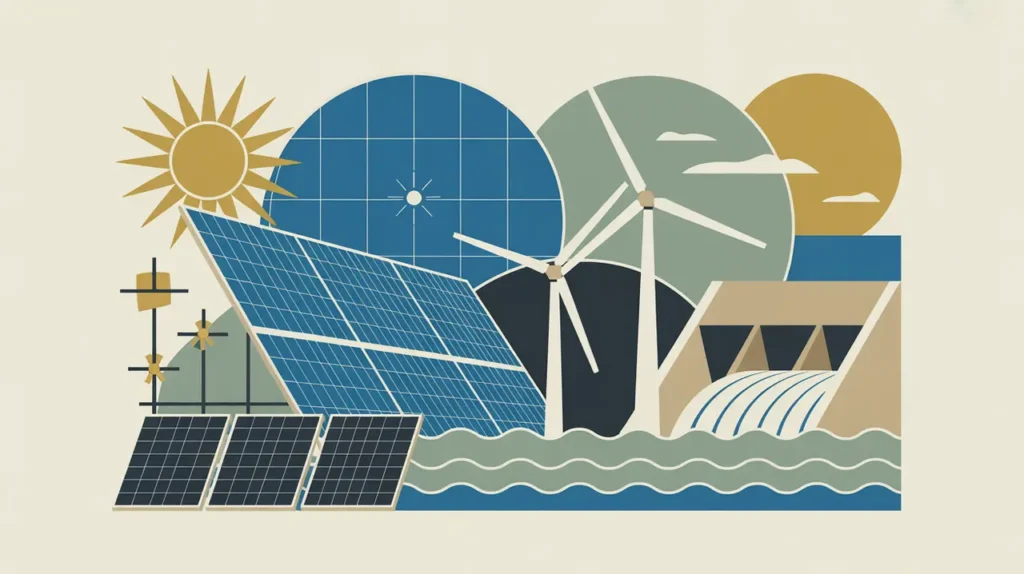Importance of Climate Change Adaptation
Climate change adaptation is critical for safeguarding lives, livelihoods, and ecosystems in the face of intensifying climate impacts. Rising temperatures, extreme weather events, and shifting ecosystems disproportionately affect vulnerable communities, particularly in low- and middle-income countries. For nonprofits and social innovators, adaptation is essential to ensure that development gains are not undone and that communities can build resilience against shocks. It is a field where proximity matters most, as local knowledge and context-specific strategies are crucial for effective responses.
Definition and Features
Climate change adaptation refers to the adjustments in practices, systems, and policies made to moderate harm or harness potential benefits from changing climate conditions. Its defining features include:
- Risk Reduction: reducing vulnerability to floods, droughts, heatwaves, and sea-level rise.
- Resilience Building: strengthening systems to absorb shocks and recover quickly.
- Context-Specific Solutions: tailoring responses to local ecologies, economies, and cultures.
- Policy Integration: embedding adaptation into national development strategies and planning.
How this Works in Practice
In practice, climate change adaptation ranges from technical interventions to policy reforms and community-based approaches. Examples include constructing flood-resistant housing, diversifying crops to withstand drought, or implementing early warning systems for extreme weather. Governments may integrate adaptation into infrastructure planning, while NGOs facilitate community-led initiatives such as mangrove restoration or water harvesting. Financing mechanisms like the Green Climate Fund support adaptation projects, though access remains a challenge for many proximate actors.
Implications for Social Innovation
Climate change adaptation carries profound implications for social innovation. It requires cross-sector collaboration, blending science with indigenous knowledge and technology with community action. Social innovators are exploring solutions like climate-smart agriculture, microinsurance for smallholders, and participatory planning processes that ensure marginalized voices are included. For proximate actors, adaptation is about surviving climate and reimagining development pathways that are equitable and sustainable.







